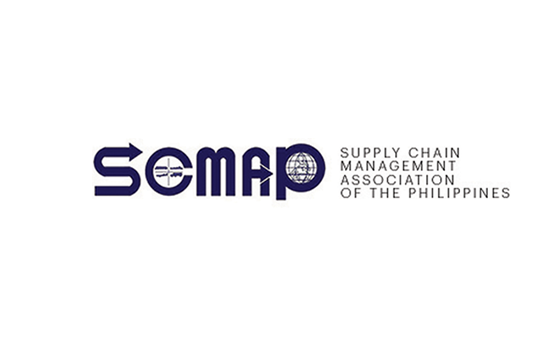While planning the most recent edition of SCMAP Live, our online event series, it emerged that the most important consideration for logistics providers, in particular, to dip their feet into the growing e-commerce market is to consider what their customers need. This may seem daunting if you think about how the biggest players in the online shopping space have access to terabytes (possibly) of information on customer behaviors, preferences and habits, as well as access to the most sophisticated analytics tools, but even the smallest players can start entering the fray by considering two things.
The first: find your niche. It may be difficult for logistics providers right now to serve the biggest online retailers at the moment—the likes of Lazada and Shopee have a high volume of deliveries and returns, and have a nationwide reach, and that’s definitely daunting if you’re looking to get into e-commerce. But they are far from the only options. We’ve been seeing services dedicated to particular goods and services—take MetroMart for grocery shopping—and there are much more opportunities in the wings as more enter e-commerce out of necessity.
Here’s an example. I have been following the local indie music scene for the past few years and, in several instances, bought some CDs direct from the musicians. (Yes, there are streaming services like Spotify, but I’m one of those guys who still tries to buy his music physically, if possible. Should I be disenfranchised by the shift to digital?) Often I order from the artists themselves, which led me to thinking: do they have the time to sort out my order, when they could be pursuing their creative passions and making music instead? What if, say, there was a company that brought together all these artists, particularly the ones not signed to a record label, and sorted out their e-commerce requirements? I paid for one album by depositing my payment at a bank—this was the time when online banking wasn’t as pervasive as today—and thought that it would be better if I could use my credit card to buy it online and then have it delivered to me.
Our increased reliance on delivery services during the COVID-19 pandemic puts in the forefront the need for more bespoke solutions to bringing us the items we need (and want). My girlfriend bought some plants and we believed one of them got “stressed” when it was delivered via courier service. There’s an idea: a delivery service that will take extra care of the leafy friends of your closest “plantita”. Or what about a set-up that will ensure the food you ordered will stay warm as it reaches your house? Important, especially if you’re craving for food from a restaurant that’s several cities away and therefore a little harder to get to. But maybe the folks at Grab or Foodpanda have been thinking of something better than their insulated boxes.
The second: be transparent. Remember that one of the biggest hurdles for both consumers and businesses in entering e-commerce is the lack of information. How long will my deliveries take to arrive? How much will my shipping costs be? Logistics service providers are the gateway to this information, and can therefore be of much help, especially to businesses looking to enter the fray.
My brother’s girlfriend, who is a pre-school teacher, recently started selling “busy books” for children, something to keep them occupied during the lockdowns and bridge the gap while schools are closed. Her biggest initial hurdle was shipping: her first customer was from Davao, and her second customer came all the way from Canada! She had to be upfront to them about shipping charges, to manage expectations and to ensure the customer feels looked after.
At the dinner table, she, my brother, me and my girlfriend—no, this isn’t a couple date—ended up discussing how she can manage the increasing demand for her business. There is information available online, but sometimes you will have to dig deep. Say, PHLPOST’s rates are reasonable even if you’re looking to send a package abroad—and long lead times aside, it is reliable for the most part. On your end, you will just have to ensure your shipment fits the prescribed dimensions and is packed in a way that will ensure its quality stays the same as it is delivered. When you’ve standardized this, you can factor this into the shipping charge—and then tell your customers just what that charge entails. The customer will know that the fees are justified and may even come away with an appreciation of the service and the product.
For logistics service providers, this means thoroughly explaining these costs to businesses looking to deliver, and to provide a guiding hand along the way. This will be a win-win: the business gets a much wider market, and the LSP gets new business. It will take a fair bit of imagination for all of us to make the most of the new opportunities e-commerce provides—ones that have been boosted by this pandemic. In these difficult times, we have to make the most of what we have, and also, think outside the box.
Announcing #SCC20 Live: The most prestigious event in Philippine supply chain returns this October in a new format reflecting these extraordinary times. #SCC20 Live will be composed of three online events—on October 8, 15 and 22—that will look ahead to supply chain’s important role as we weather this pandemic and prepare for recovery. More information on speakers, sponsorship and registration will be coming soon; stay tuned to scmap.org or our social media handles for more.
Henrik Batallones is the marketing and communications director of SCMAP, and editor-in-chief of its official publication, Supply Chain Philippines. More information about SCMAP is available at scmap.org.





